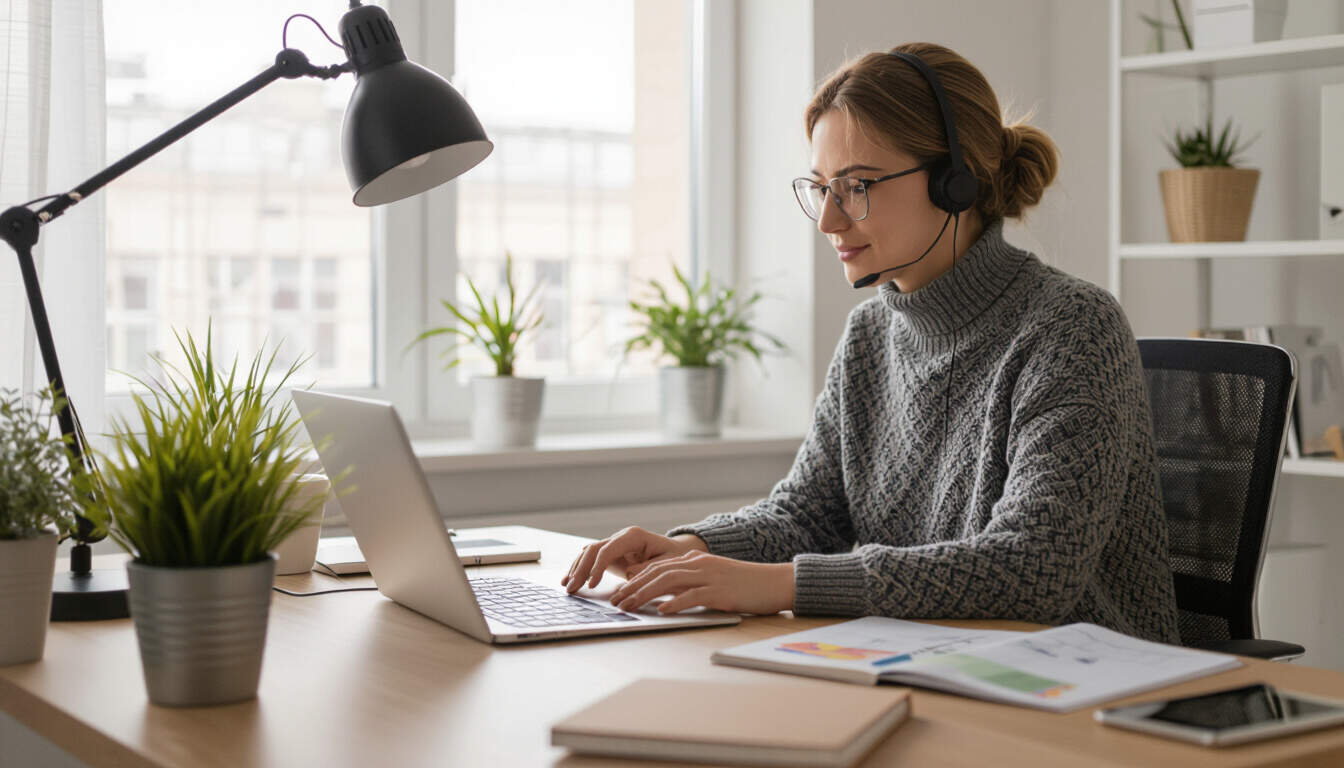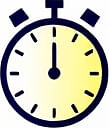Building a Minimal Distractions Workspace
 by Lilian Nienow
by Lilian Nienow
Discover how a minimal distractions workspace can boost focus and productivity for professionals and students. Learn practical steps to set up your environment, integrate hyperfocus, and use time blocking for better results, all while keeping distractions at bay.

A minimal distractions workspace serves as the foundation for achieving deeper concentration in daily tasks. This setup helps individuals maintain hyperfocus by removing unnecessary elements that pull attention away.
In the core of productivity lies the ability to create an environment that supports sustained attention. For busy professionals, a simple and organized space can make a significant difference in output. Consider starting with essential items only, such as a computer, a notebook, and basic stationery, to foster a sense of calm.
One key benefit is how this workspace aligns with time blocking. By designating specific periods for work, individuals can pair their schedule with a distraction-free area. For example, block out an hour for deep work and ensure your space is free from phones or clutter during that time.
To begin, assess your current setup and identify common disruptors like social media notifications or a messy desk. A clean surface with natural light can enhance mental clarity and reduce fatigue. Professionals often report higher efficiency when their surroundings promote focus without overwhelming the senses.
Now, let's explore practical steps to build this environment. First, choose a quiet location in your home or office. This could be a dedicated corner with a comfortable chair and desk. The goal is to create a zone that signals to your brain it's time for concentrated effort.
Incorporating elements like plants or soft lighting can further aid relaxation without adding complexity. These additions support hyperfocus by making the space inviting yet simple. Remember, the focus is on functionality over aesthetics.
When it comes to routines, pair your workspace with time blocking methods. Set clear boundaries by scheduling tasks in fixed slots, such as 9-10 AM for emails and 10-11 AM for creative work. Use a timer to maintain these blocks and return to your minimal setup each time.
For students juggling classes and assignments, a distraction-free area becomes essential. Place your study materials in one spot and keep it free from entertainment devices. This practice not only builds discipline but also encourages consistent performance.
Another aspect is managing digital interruptions. Tools like app blockers can be scheduled during work periods, ensuring your workspace remains effective. By limiting access to distracting websites, you reinforce the purpose of your environment.
Over time, adapting your space to personal needs is important. Some might find that background music helps maintain focus, while others prefer complete silence. The key is to test and refine based on what works best for your workflow.
In practice, many have seen improvements in task completion rates through this approach. For instance, a professional writer might use a minimal desk to tackle daily goals, leading to more finished projects. Similarly, students preparing for exams can benefit from a quiet study area that supports extended sessions.
To maximize benefits, integrate regular breaks into your schedule. After a focused block, step away briefly to refresh and return with renewed energy. This balance prevents burnout and keeps productivity steady.
Challenges may arise, such as shared living spaces or noisy environments. In these cases, use headphones or find alternative times for work. The adaptability of a minimal distractions workspace makes it suitable for various lifestyles.
Ultimately, the impact extends beyond individual tasks. By fostering better habits, this setup contributes to overall well-being and success. Professionals and students alike can achieve more with a space dedicated to focus.
Tips for Maintaining Your Workspace
Here are some actionable strategies to keep your environment optimal:
- Keep the desk clear of non-essentials to promote quick setup.
- Use organizers for supplies, ensuring everything has a place.
- Schedule weekly reviews to adjust based on your needs.
- Incorporate physical activity, like a short walk, to reset between blocks.
Through consistent effort, a minimal distractions workspace becomes a powerful ally in productivity. It encourages not just better work habits but also a sense of accomplishment in daily life.
As you implement these changes, track your progress and celebrate small wins. Whether it's completing a project ahead of schedule or feeling more energized, the results will speak for themselves.
